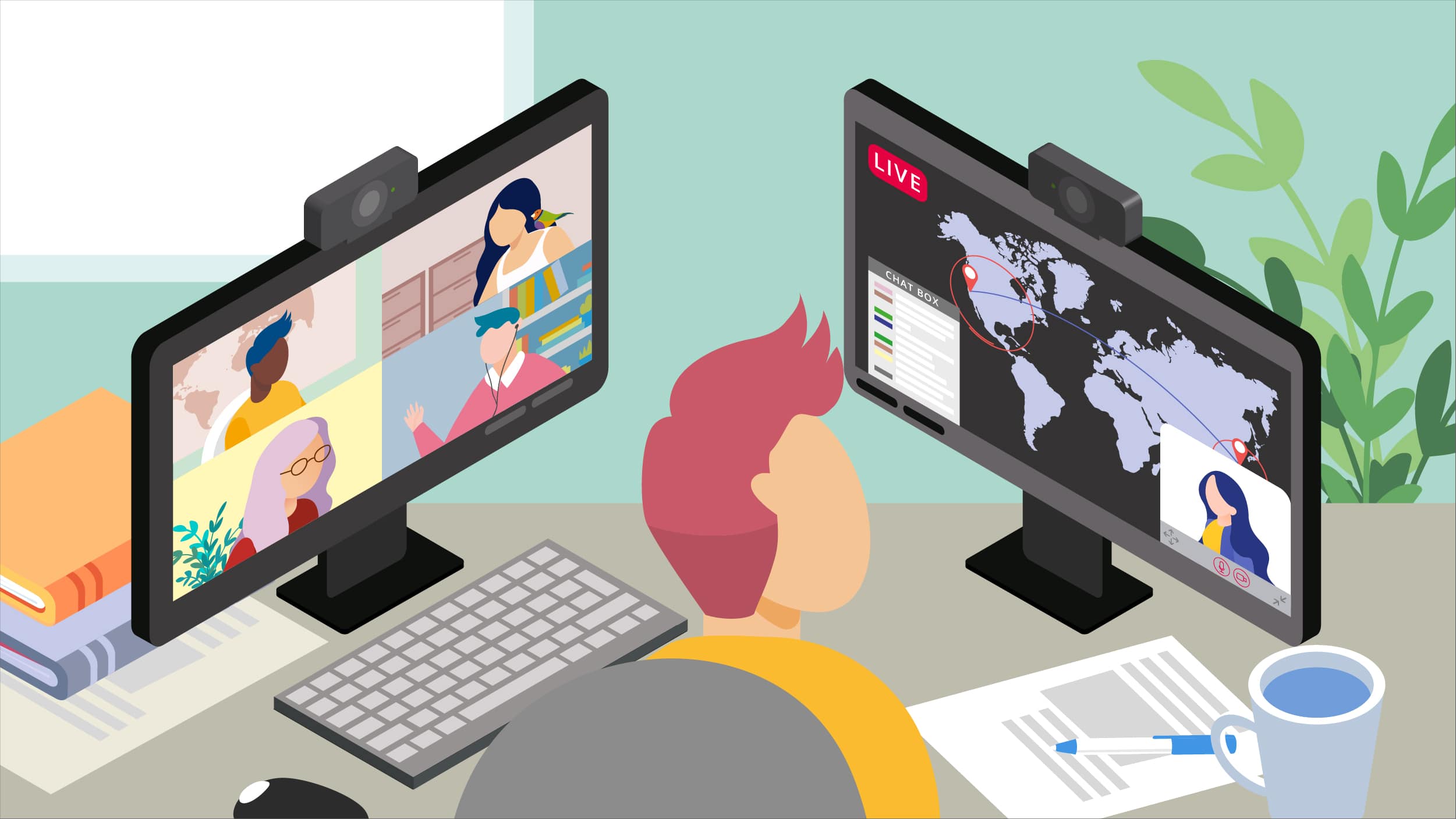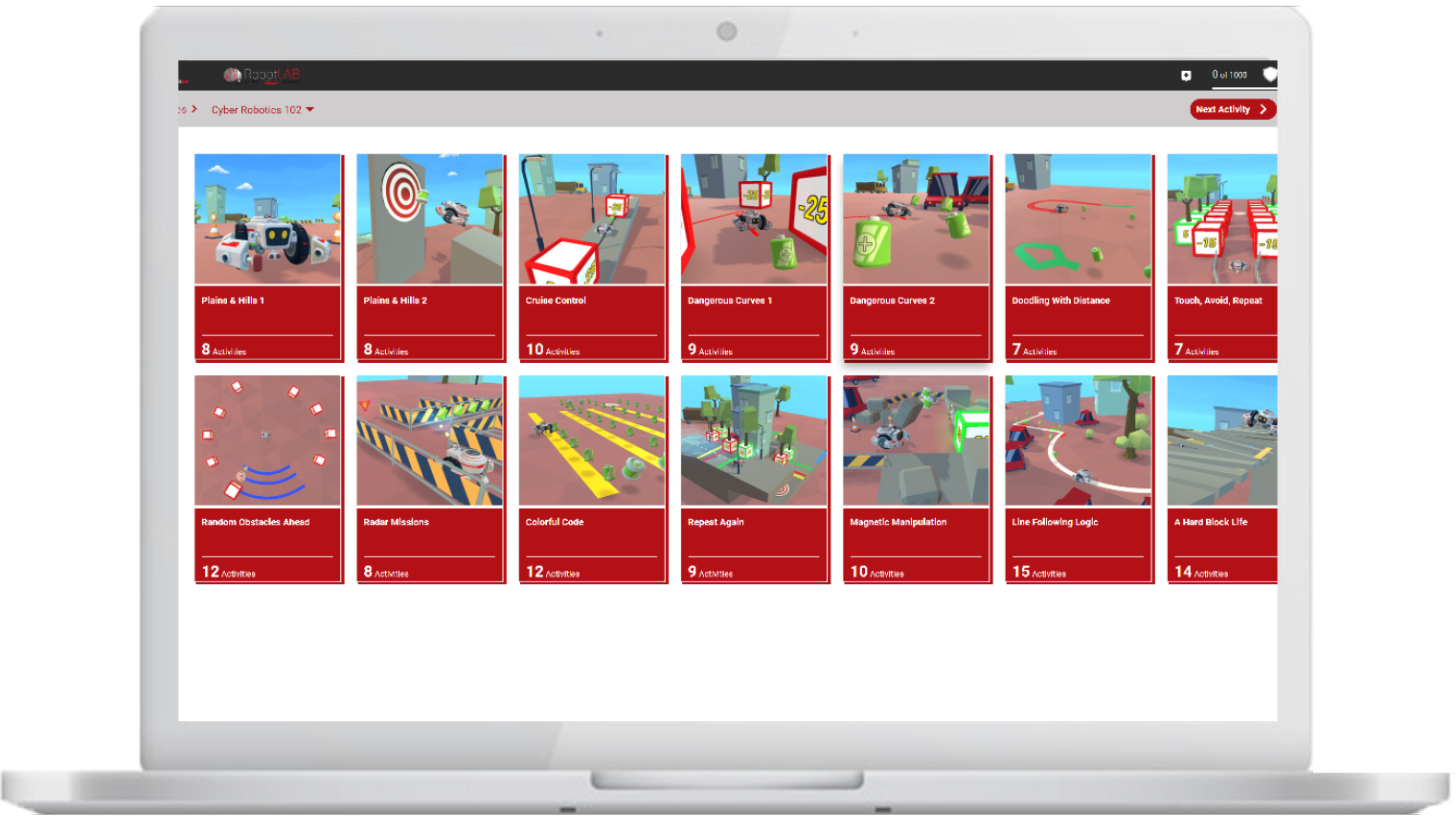By putting people first and remaining flexible, administrators may be in a position to handle whatever comes next year.

For most of us, it’s now officially summer break. Our school year has come to a surreal close in Covid’s characteristic blur of time. That blur is already extending into the 2020–21 school year, as many districts—including my own—are in the throes of designing a new, optimal model of learning in response to an ever-changing and evasive reality.
As we look forward to reopening, it’s wise to reflect on what decisions we have already made that have fared well during virtual learning.
7 LESSONS WE’RE TAKING FROM DISTANCE LEARNING
1. Don’t go it alone: My school’s leadership has been in constant contact with schools that are months—and, more important, many mistakes—ahead of us in the process. We have learned from them what has worked versus what hasn’t, and their advice has guided our decision-making process. We’re partnering with Stanford’s d.school to assist in planning the 2020–21 school year configuration.
For school leaders who wish to access this kind of counsel, many resources are available. Administrators can easily network with their peers in the States as well as abroad, thanks to social media and blogs. Reputable sources of information like Edutopia, and online courses such as those offered by the Global Online Academy or the Institute for Social and Emotional Learning are also good places to start.
2. Make and communicate a plan: In consultation with other schools, our leadership team developed a plan of what digital learning would and would not look like for our school community. Part of this involved clear outlines of expectations from all stakeholders: teachers, students, and parents. Way back before we thought the world would actually come to a standstill, staff was introduced to and allowed time to prepare for this plan.
3. But be responsive and flexible: A plan is only as good as its execution. And the only way to measure that is by collecting lots of data. Our school has done this officially through surveys for all stakeholders in addition to staff meetings, parent nights, and student sessions. We also continuously collect anecdotal evidence in our academic and mentoring classes, as well as during any informal conversations.
Through this feedback, we have improved our digital learning approach by clarifying digital expectations and procedures; offering more class time for juniors in the International Baccalaureate program; and adjusting our original schedule model.
4. Less is more: The message from our leadership has been loud and clear: School will not look the same, and we have to let go of the normal curriculum. We have drastically reduced the pace and content of our classes. Under our distance-learning schedule, we had synchronous classes for blocks 1 through 4 on Mondays and for blocks 5 through 8 on Wednesdays. Tuesdays and Thursdays were asynchronous days. This allowed students to have a sense of a classroom experience and group connection followed by an asynchronous day, which offered students and staff time to connect individually and accomplish work.
In terms of content, for my English 9 course, our team decided to omit an entire unit on Romeo and Juliet to prioritize academic depth and student well-being. Knowing that Shakespeare would be taught at least twice more in their high school trajectory made that decision easier. Also, although the breadth of content was reduced, I noticed that it actually allowed more in-depth work on literary analysis and sound writing approaches.
5. But continue to offer opportunities: While in many ways it feels like less is being offered to the students, more is being offered to the staff. We have regular virtual meetings in a variety of configurations from departmental to district-wide. Staff in our school who consider themselves experts in various online platforms have offered training to their peers. Our social committee has continued to survey staff and respond by hosting virtual gatherings. Colleagues are sharing opportunities for professional development, and teams are signing up. We have coaches available to support the transition to digital learning in whatever form that takes. Our librarians organize curbside checkouts as an opportunity to keep students reading.
6. Keep perspective, and say thank you: In a historical period during which people are contending with fear related to the coronavirus, it’s easy to fall into a pit of despair. This is exacerbated for educators by the dissolving boundaries between work and home. Now more than ever, the practice of gratitude makes a difference.
Our school has continued to focus on this. Our parents created and delivered thank-you videos to the staff. Our teachers organized thank-you letters to the seniors. Our mentoring program provided our students with the space for peers to thank each other. Our community still celebrated the Hump Day Bump on a weekly basis.
7. Put people first: At the heart of education is the heart, and going online doesn’t change this—in fact, I would argue the opposite. During this traumatic time, we must prioritize the well-being of all stakeholders. We have addressed this for students by ensuring that the schedule includes regular advisory sessions, opportunities for play such as talent shows and dance parties, social and emotional instruction as well as check-ins, and access to counselors.
As our leadership team thinks about reopening in the fall, the number one target of health and well-being shapes the plan. My administration is constantly offering little tokens of support: sending staff baked goods, gift baskets, flowers, and cards, as well as regular emails, text check-ins, and encouraging messages.
All seven of these approaches are important. However, what is much harder to identify, yet even more vital to feel and foster, is a pervasive sense of softness and grace and understanding. This attests not to the what or the how, but to the why. In a time of physical, emotional, financial, mental, social, and political upheaval, being a school that holds care as a central tenet must guide all decision-making and action-taking.
Or, as Maya Angelou put it: “I’ve learned that people will forget what you said, people will forget what you did, but people will never forget how you made them feel.”
Keep learning Coding with RobotLAB and CoderZ!

CoderZ is an online educational environment that improves students 21st century skills, while they are having fun programming their own virtual cyber robot. CoderZ and RobotLAB has different lessons to do at home! Check them out Here

